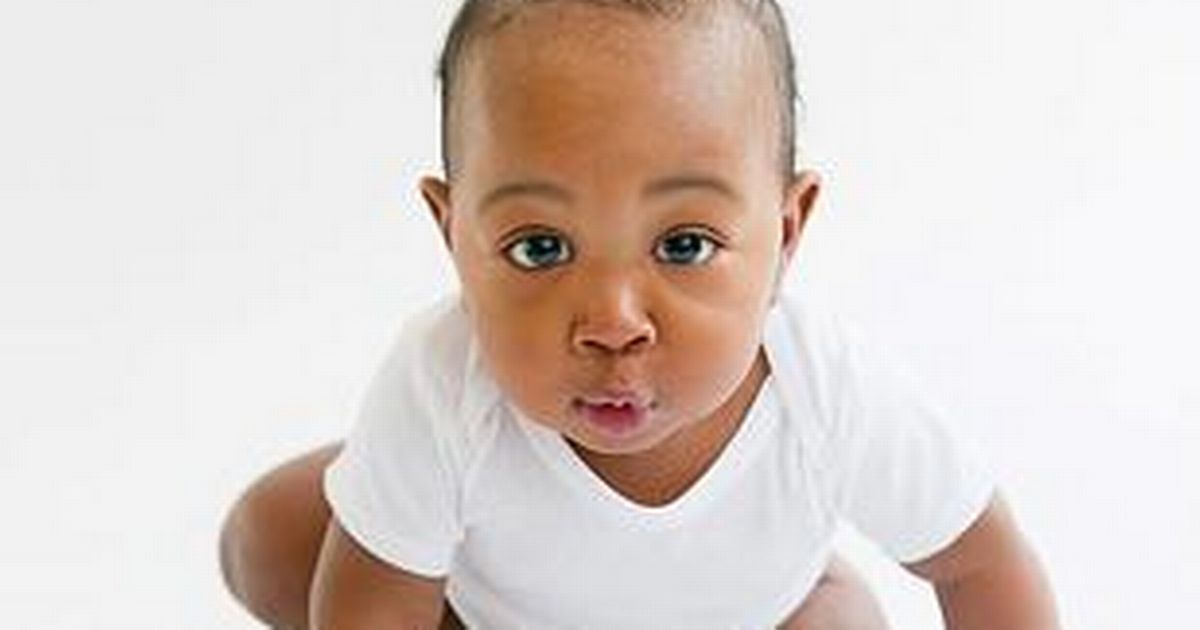
Conditions such as cerebral palsy and autism often go undiagnosed until the age of two and even then there are few tests available to confirm a diagnosis.
This causes great anxiety for parents and problems for doctors.
But now scientists at University College London, led by Dr Rob Cooper, have come up with a simple, easy-to-use device that could spot autism and cerebral palsy as early as six months.
The device shines harmless levels of infrared light into the baby’s brain via a special head cap to give highly detailed 3D maps of brain activity.
Up to now doctors have had to rely on MRI scans, which require a baby to keep still, which is virtually impossible!
As the cap can be worn by a baby at home, doctors can track how very young babies respond to their everyday environments, leading to much earlier diagnoses of autism and cerebral palsy.
It’s hoped the device can pick up “neural signatures” for autism and cerebral palsy at a very young age, meaning parents and doctors can plan for the future.
Dr Cooper has said: “There is a lot we still don’t know about how the brain develops, and a big part of the problem is that studying the infant brain is really difficult with traditional scanners.
“As any parent knows, six-month-old babies are very active – they move around all the time and are easily distracted.
“Using a technique like MRI, the subject has to remain completely still, which is almost impossible with babies unless they are asleep or sedated.”
He said the device “opens up a vast new range of experimental scenarios to neuroscientists, which will undoubtedly lead to a better understanding of the developing brain”.
The device was tested on six-month-old infants and maps changes in oxygenation in the brain. These changes show the areas of the brain that are working on processing information.
About cerebral palsy, Dr Cooper says: “Studying how the parts of the brain that control movement are altered by brain injury could help us understand how the condition evolves over the first few weeks of life and even allow doctors to diagnose it earlier.
“Also, because our technology can be applied at the cotside, we can monitor the same baby at regular intervals and track their brain development, which has just never been possible before.”
For autism, the ability to quantify an infant’s neural responses to social stimuli, like laughter, for example, might well provide a way of identifying infants at risk of autism, “perhaps even before those atypical behaviours become outwardly apparent”.
Great news!
